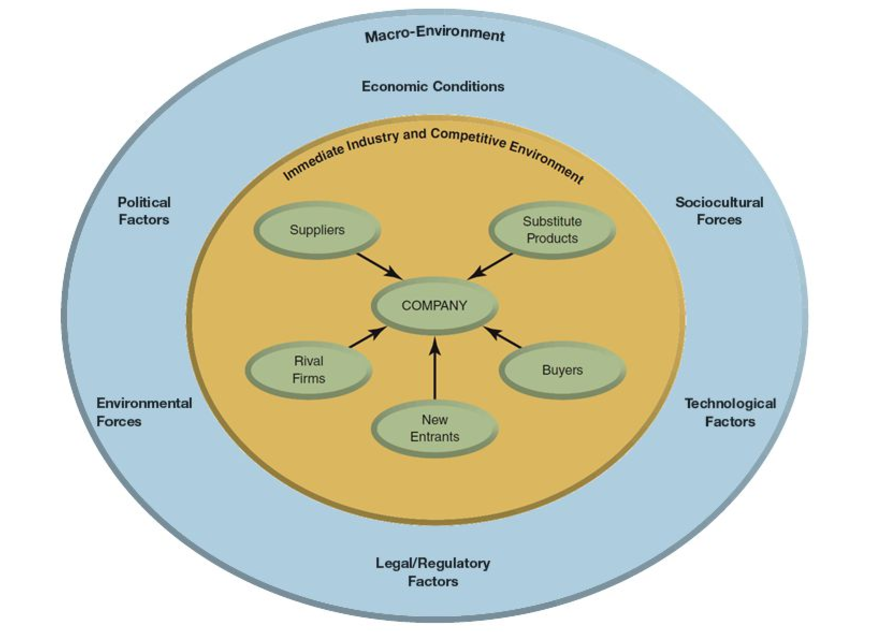

Reproductive lag time is the main reason for the overshoot. If the population increases then the carrying capacity of the environment is termed as overshoot. Image Credit: Warlito Zamora Canoy (2017) Figure 1: Graphical representation of population vs time in carrying capacity. This is the point at which the rate of replenishing resources is equal to the number of newborn individuals in the ecosystem. The carrying capacity is the part of the graph in which population plateaus. The graph explains the carrying capacity of the ecosystem. The population can sustain without getting declined or reduced due to deterioration and damage.Ĭarrying capacity gets affected by two factors. (Canoy, 2017)Ĭarrying capacity is defined as the maximum number of the population in an ecosystem that can withstand indefinitely. In an ecosystem, if the producers do not grow then there will not be sustainability in the consumers. READ: Population Regulation in an Ecosystem – Biology Online Tutorialįor growth, water is one of the basic and necessary needs. The prey population increases if the number of predators is low. The number of predator-prey in an environment also contributes to environmental resistance. The predator-prey relationship and availability of water are also common examples of environmental resistance. However, if a person adds more poisonous plants to the environment, this will affect the ecosystem. So, the light from the sun, in this case, is a factor that helps keep the ecosystem. The sunlight prevents unnecessary plant growth. So, nature keeps the balance by implementing environmental resistance. But such plants are vulnerable to too much sunlight and could die from excessive sunlight exposure. There are some poisonous plants in a forest that may cause the death of anyone that consumes them. Dogs and cats produce four to eight offspring at a time whereas humans produce only one to three offspring at a time.

If we consider the average reproduction rate of certain species then we conclude that spiders produce hundreds of offspring at a time. The different biotic potential of an organism attributed to certain factors like: (Canoy, 2017) Biotic potential and environmental resistanceĮnvironmental Resistance (Decreases factor)Įxcessive or lower than normal level of temperature and lightĬannot adapt to the changes of environment Therefore, it is said that there is lower biotic potential in large organisms as compared to smaller ones. In humans and many other mammals, one offspring is produced in a year but contrary to this, certain insects give birth to multiple insects in a year. There is variation in biotic potential from one species to the other. Litter size (number of offspring produced in single birth) Two primary factors regulate the biotic potential. The biotic potential is defined as the capability of the population of a certain species to proliferate under ideal and perfect environmental conditions. According to a precept in evolution, certain microorganisms adapt themselves and form more complex structures. To maintain the balance or proper levels of species, nature acts as a regulator. It leads to excessive growth of population. In some cases, certain species adapt themselves and manage according to environmental resistance. By adaptability or evolution, the resistance is surpassed. In some conditions like fluctuation in temperature, climate, or drought, the elements act against the growth of the population.

Non-living components are considered abiotic factors. According to the perspective of environmental resistance, the biotic factors oppose the species growth by parasitism, competition, poisoning, or predation. These include fruits, plants, or animals. Living factors of the environment are considered biotic. The environmental resistance factors are either abiotic or biotic. Behavioral change in species (stress due to overpopulation).

Availability of certain necessary resources is the factor of environmental resistance. (, 2018)Įnvironmental resistance factors are those factors that inhibit the population growth and try to maximize the number such individuals that can sustain. Both abiotic and biotic factors work together to stop the biotic potential of an organism. Define environmental resistance: Environmental resistance is the sum of environmental limiting factors that include both abiotic and biotic factors.


 0 kommentar(er)
0 kommentar(er)
